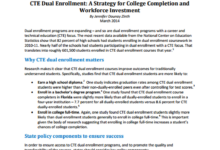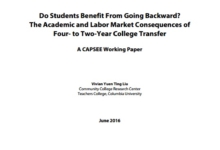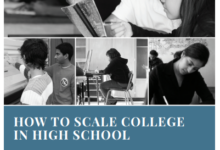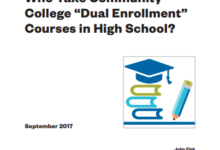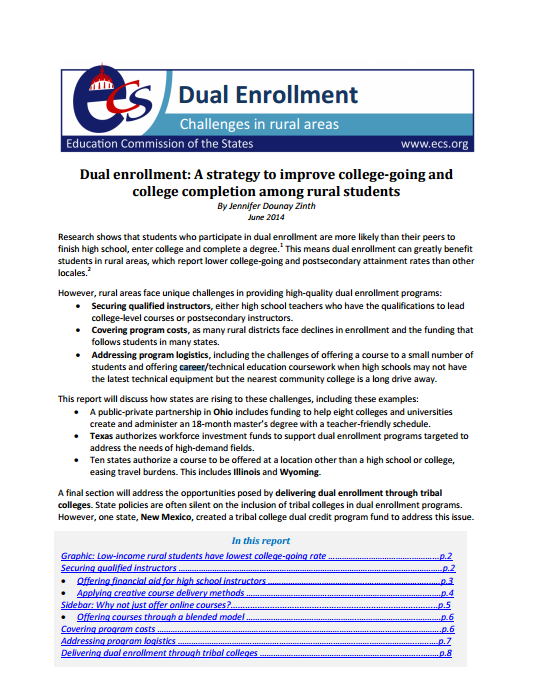Dual enrollment helps facilitate the transition to postsecondary education by allowing students to earn college credits in high school. Several states either have statewide transfer agreements, support dual enrollment policies, or encourage local school districts to establish partnerships with regional institutions of higher education that enable students to participate in dual enrollment. Dual enrollment is also a core component of many Career Technical Education (CTE) programs, ensuring students can progress easily along a career pathway that culminates in a postsecondary degree or credential. Yet in rural states, securing qualified dual enrollment instructors, covering program costs and addressing program logistics is particularly challenging.
Dual Enrollment, Articulation and TransferSystems Alignment
This policy brief from the Education Commission of the States (ECS) provides a framework for integrating CTE and dual…

